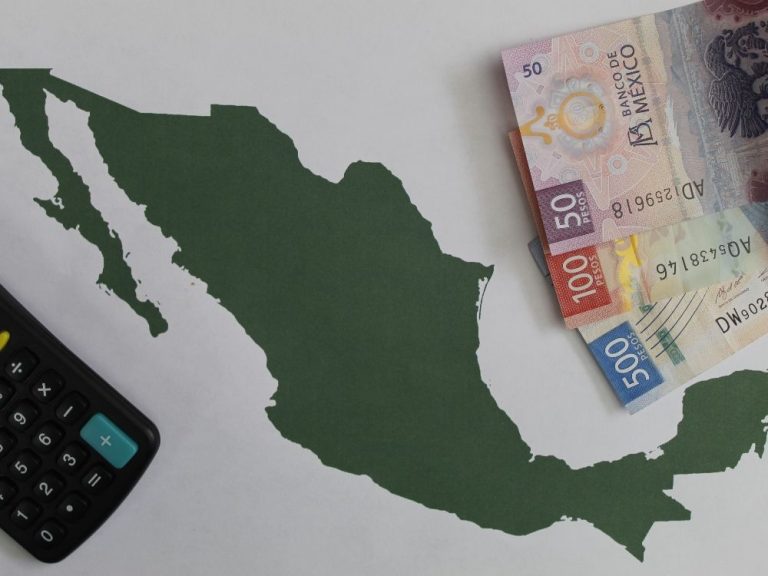In an unexpected turn of events, Mexico’s trade deficit rose to $4.868 billion in August 2024, a significant increase from the $1.278 billion deficit reported in the same month the previous year, which means a gap of 73.5 per cent compared to last year.
These numbers, published by the Instituto Nacional de Estadística y Geografía (INEGI), greatly exceeded market expectations, which predicted a much smaller difference of around $0.5 billion.
As a result, the trade imbalance for August 2024 has reached its highest level in two years, causing anxiety among economists and policymakers alike.
This sharp increase in the trade deficit can largely be attributed to a 5.7% rise in imports compared to the previous year, totalling $56.783 billion in August 2024.
A significant contributor to this rise was an 8.8% increase in the import of non-oil goods, which effectively counterbalanced a steep 26% decline in oil imports.
Intermediate goods surged reflecting strong demand
A closer look at the data shows that imports of intermediate goods increased by 9.8%, indicating robust demand in industrial sectors that rely on these materials and components.
However, not every category performed well. Imports of capital goods, which are critical for production and manufacturing, declined 2.6%, while consumer goods purchases fell 1.3%.
These changes in import patterns reflect a complex economic situation in which industrial requirements are met while consumer and capital investments are declining.
Such complex variations indicate that Mexico’s trade situation is developing, affected by factors other than oil dynamics.
Decline in exports amidst oil market shifts
On the exports front, there was a slight decline of 1%, bringing totals to $51.916 billion in August.
This drop was fueled by a substantial 26.6% decrease in oil exports, a traditionally vital component of Mexico’s export economy.
On a more optimistic note, non-oil exports experienced a small increase of 0.6%, indicating resilience in other sectors.
Specifically, non-oil exports to the United States, Mexico’s largest trading partner, rose by 2.2%, showing stronger economic connections and demand.
However, this positive momentum was overshadowed by a 7.1% decline in exports to other global markets, revealing disparities in trade performance across different regions.
Overall trade deficit and economic implications
In the first eight months of 2024, Mexico has amassed a cumulative trade deficit of $10.438 billion, highlighting ongoing issues with the country’s trade balance.
This prolonged period of deficit raises critical questions about the overall health of Mexico’s economy and its capacity for sustainable growth amid global economic uncertainties.
Economists and analysts are keeping a close eye on these developments, particularly the structural shifts in import and export behaviors.
The uptick in non-oil imports alongside the drop in oil exports hints at a transformation in Mexico’s trade dynamics, which may reflect broader changes in global trade patterns and domestic economic policies.
Future outlook and concerns over Mexico’s economy
To address the growing trade deficit, a diversified strategy will be necessary.
Policymakers must investigate the underlying causes of the diminishing oil trade and consider methods to enhance non-oil export sectors.
Stimulating the home economy, particularly in the consumer and capital goods sectors, could help to ease some of the recent unfavorable trends.
Furthermore, expanding foreign trade partnerships beyond the United States may result in more diverse and consistent export opportunities.
As Mexico faces these complex problems, the coming months will be critical in determining the long-term outlook of its trade balance and economic vigor.
The post Mexico’s trade deficit expands to $4.87 billion in August as imports surge appeared first on Invezz

